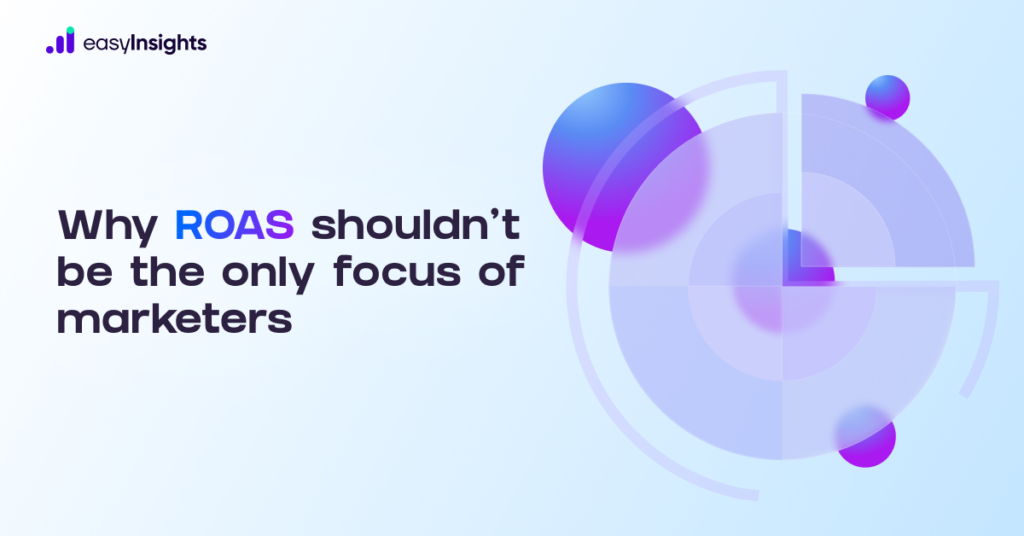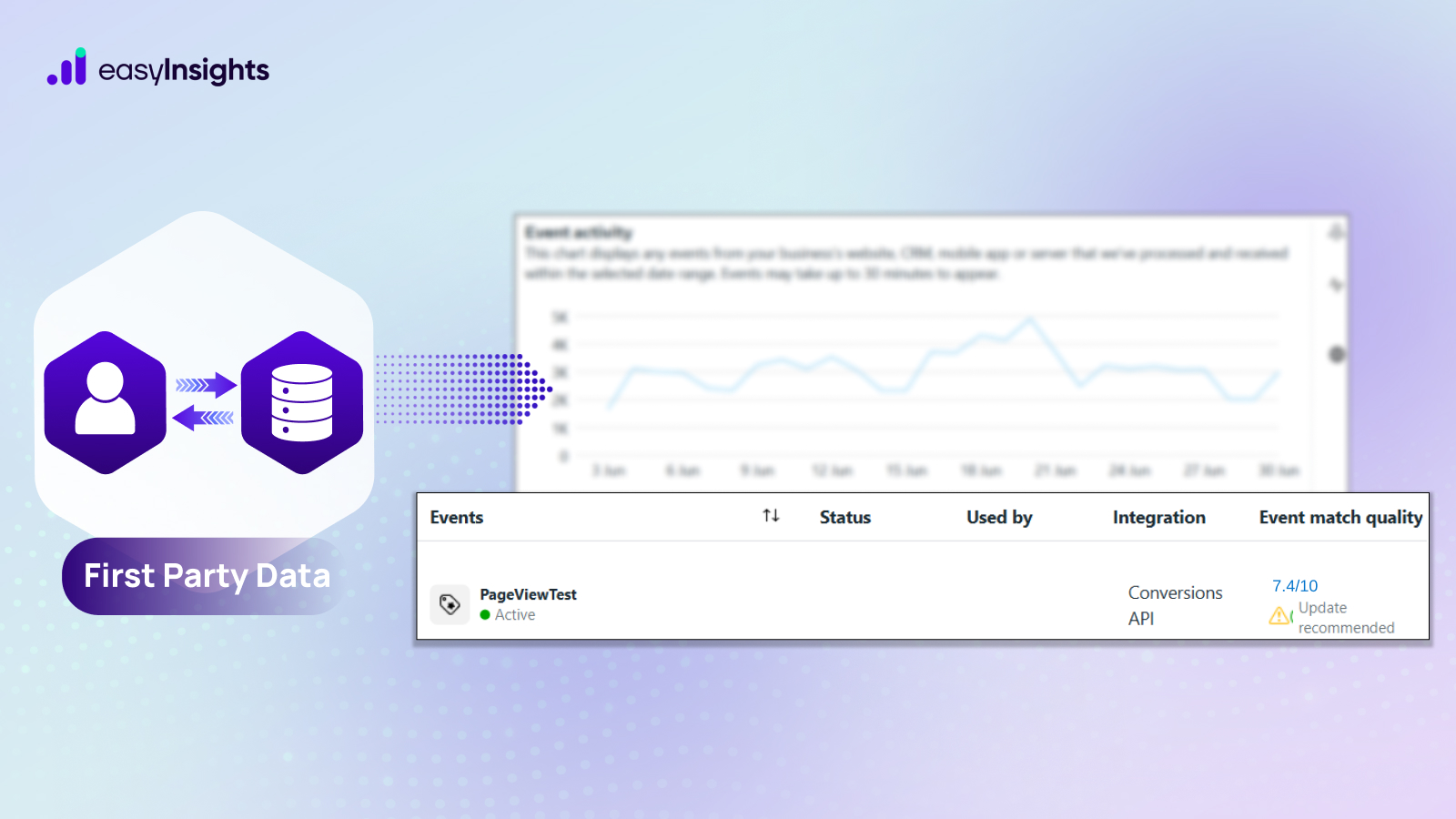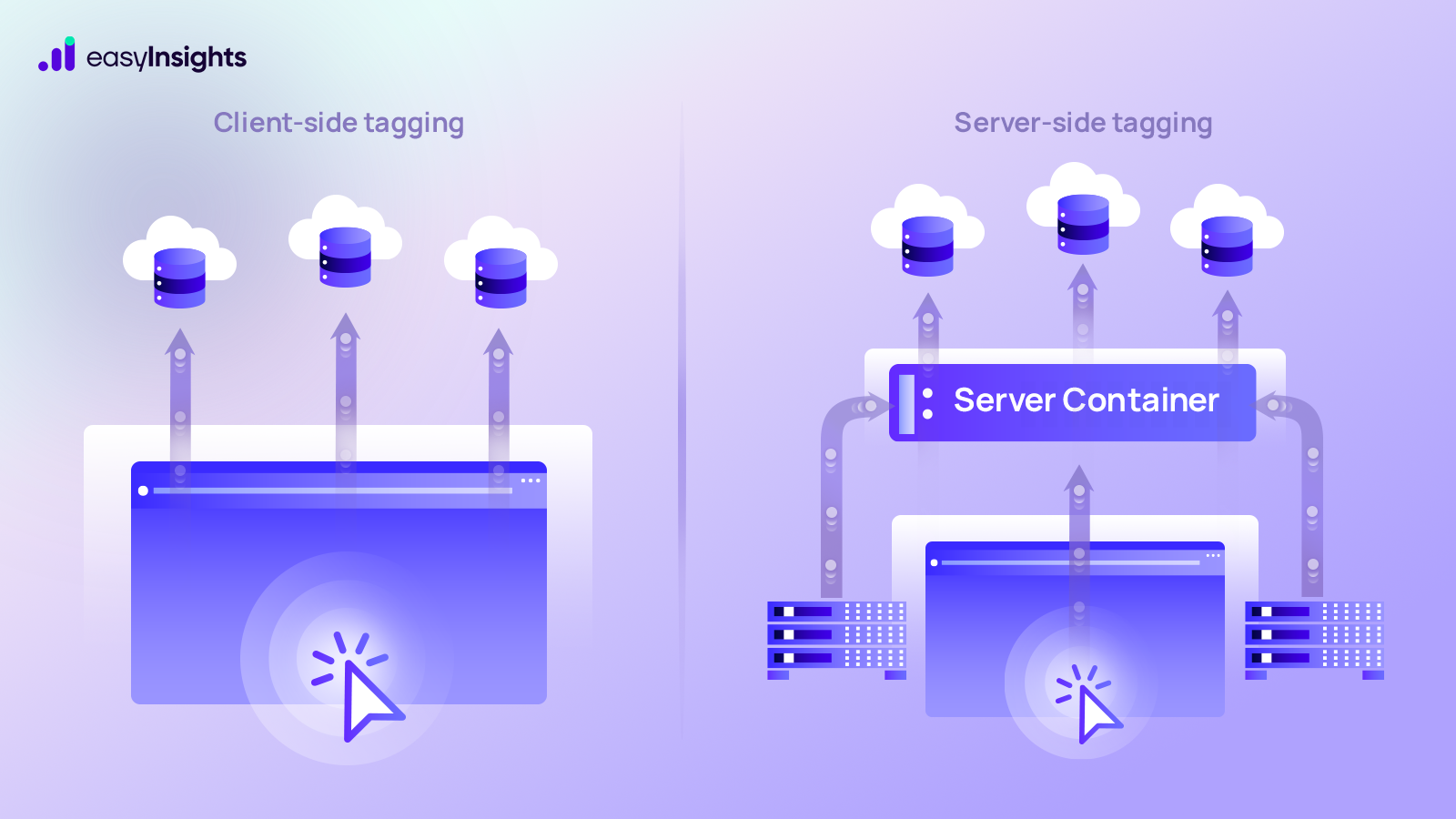
Marketing is one of the roles that is adapting the fastest, particularly digital advertising, media buying, and performance marketing. A digital marketer from 2018 would be lost in a modern-day Google Ads account without thousands of keywords to optimize granularly. And the rapid evolution of digital marketing has sparked a flurry of lively debates: How will marketers adjust to a world without cookies? What skills should marketers nurture in order to be prepared for the future? What key levers can marketers use with black-box campaigns like performance max?
Marketers live and breathe in a competitive, data-driven world. We are constantly working to improve key metrics in paid search, such as Quality Score, click-through rate, and cost per conversion. However, we frequently become fixated on a metric and fail to answer the – What metrics really matter?
Return on ad spend, or ROAS, is one metric that marketers tend to lean towards. However, it is not the sole indicator of performance. In this article, we will explain why you should not be focussing only on ROAS.
Jump ahead to:
What is ROAS?
ROAS is an abbreviation for return on ad spend, which is a marketing metric that calculates how much revenue your company earns for every dollar spent on advertising. ROAS is, for all intents and purposes, the same as another metric you’re probably familiar with: return on investment or ROI. In this case, the money you spend on digital advertising is the investment on which you’re keeping track of the returns.
At its most basic, ROAS measures the effectiveness of your advertising efforts; the more effectively your advertising messages connect with your prospects, the more revenue you’ll earn per dollar spent on advertising. The higher your return on investment (ROI), the better. If you want, you can measure ROAS at various levels within your Google Ads account, including the account, campaign, ad group, and so on. You can calculate ROAS as long as you know how much you’re spending and earning at that level.
Calculating ROAS
ROAS was a step beyond CPA because it allowed campaigns and marketers to understand better the revenue they were generating. To put it simply, ROAS is the amount we earn for every dollar spent on advertising. Some marketers calculate it as a percentage, while others calculate it in their local currency, or it can simply be a number. As a calculation, we divide our advertising revenue by our advertising spend. We use ROAS, like CPA, to determine which campaigns, ad groups, or ads provide the most bang for our buck. ROAS is calculated as revenue/advertising spend.
A quick reminder that your ROAS should be greater than one; anything less means you’re spending more money on ads than you’re making in revenue.
Furthermore, it is difficult for some businesses to determine how much revenue their advertising campaign generates over a specific time period. For example, a B2B construction company uses an ad campaign to generate leads. Since it can take months for a lead to generate revenue, you’ll need to assign a monetary value to each website conversion on your website in order to calculate ROAS.
Along with ROAS, CPA and CPCs are also important. They are the usual suspects in reporting and optimization, but they do not consider the longer-term, strategic business goals.
Why should you not solely focus on ROAS?
Although some marketers use ROAS as a point of reference, it is not the only metric that should be used. There are better metrics available, and you should use them as well. Here’s why you shouldn’t focus solely on ROAS.
ROAS is ineffective for paid ads
The first issue with focusing solely on ROAS is that it is not your paid ads’ responsibility to drive ROAS. Your paid ads can only really influence whether or not they draw someone in and direct them to a page on your website. This is also true for any type of marketing, including non-digital marketing. The advertisements only play a minor role in converting a sale. Your website is extremely important. Your product, brand promise, social proof, price point, and other factors all play significant (if not larger) roles. Even if you have the best-paid advertising strategy and experts in the world, if your website is broken, you will have a low ROAS.
You can only optimize your activities around something you completely control. This may not be what Facebook’s gurus and growth hackers tell you, but it is the truth. Keep ROAS in mind, but you really need to judge your paid ads on CTR and CPC.
ROAS is only concerned with the short term.
What metric reframes your performance in the long run? The customer journey does not end when a single item is purchased, or a single transaction is completed. We overlook the extra revenue customers generate when they return for a second purchase or upgrade their subscription the following month. It is limiting not to consider the customer journey from beginning to end. This is where LTV comes into play. The estimated amount a customer will spend with your company over their lifetime is known as lifetime value (LTV).
For example, if a customer buys a newspaper copy for $2, you might be led to believe that you shouldn’t spend much money advertising to people like this. If you reframe this to consider LTV, you might discover that most of your customers will continue to buy the same newspaper weekly for the next 20 years. In that case, one new customer brings an LTV of $2,000 – a substantial difference. Understanding a customer’s LTV allows you to consider business profits better and adjust your long-term growth targeting.
ROAS is based on perfect attribution.
What metric should we use to assess overall marketing effectiveness?
A Facebook ad may lead one customer to your brand for the first time. After a few weeks, they see an influencer talking about you on YouTube, so they Google your brand, click another ad, and visit your website. It isn’t until a few days later that they are reminded of you by a display ad and make their first purchase. You can learn more on this topic by reading our article on it.
We do not know how much revenue advertising campaigns generate.
This unorganized user journey is common. Although we cannot attribute every dollar of revenue generated to specific ad campaigns, ROAS makes an attempt. Not only is it impossible to attribute all revenue to one channel, but upper funnel activities are always treated less favorably in terms of ROAS. Working toward conversion-oriented marketing metrics ignores the advantages of increasing brand awareness. Without it, growth may stall.
We require a more comprehensive metric to help us understand marketing as a whole. MER is the solution.
Shifting towards MER
The Marketing Efficiency Ratio (MER) compares total revenue to total ad spend across all marketing channels. It is similar to ROAS, but the difference is that we are dealing with totals rather than breakdowns by ad or channel, as we want to understand the overall and cumulative effects of our marketing efforts.

When you switch from ROAS to MER, you avoid the problem of over-optimizing conversion-focused campaigns. This enables you to understand results better when you shift your investment from brand building to direct performance campaigns.
ROAS is similar to taking a magnifying glass and zooming in on all the details; it can be beneficial but also cause you to miss the big picture. The missing metric is MER, which is all about understanding long-term strategy and seeing how your marketing efforts work together to produce results.
Now that you have a few more metrics at your disposal, you can begin incorporating and optimizing them into your reporting.
Use EasyInsights to centralise all the marketing platform data to calculate MER with in a few click. Automated your insightful and actionable reports with a few clicks. Book a demo now!
Final Words
We have prioritized short-term results over long-term growth since shifting away from ad delivery metrics and toward conversion-based goals. When assessing, optimizing, and reporting on performance, marketers should broaden their horizons to include metrics that are more tangible to businesses.
I’ll say it again: start incorporating MER and LTV into your metric mix. The marketing landscape is constantly changing, so it would be foolish to take this as gospel from now on. As ad platforms and available data evolve, we should expect new changes in optimization and reporting best practices. For the time being, ROAS is on its way out, with MER and LTV taking their place.
It is critical to remember that in order to succeed, your business must focus on lifetime value, and your business strategy is how you do that. Once you realize this, you can stop worrying about hitting a ROAS of 3-4x every month just because every Facebook marketer tells you to. At the end of the day, customer lifetime value will be your company’s ticket to long-term growth.








